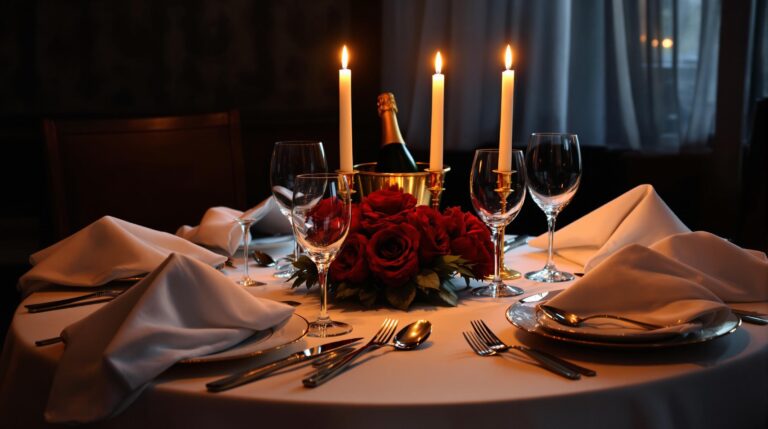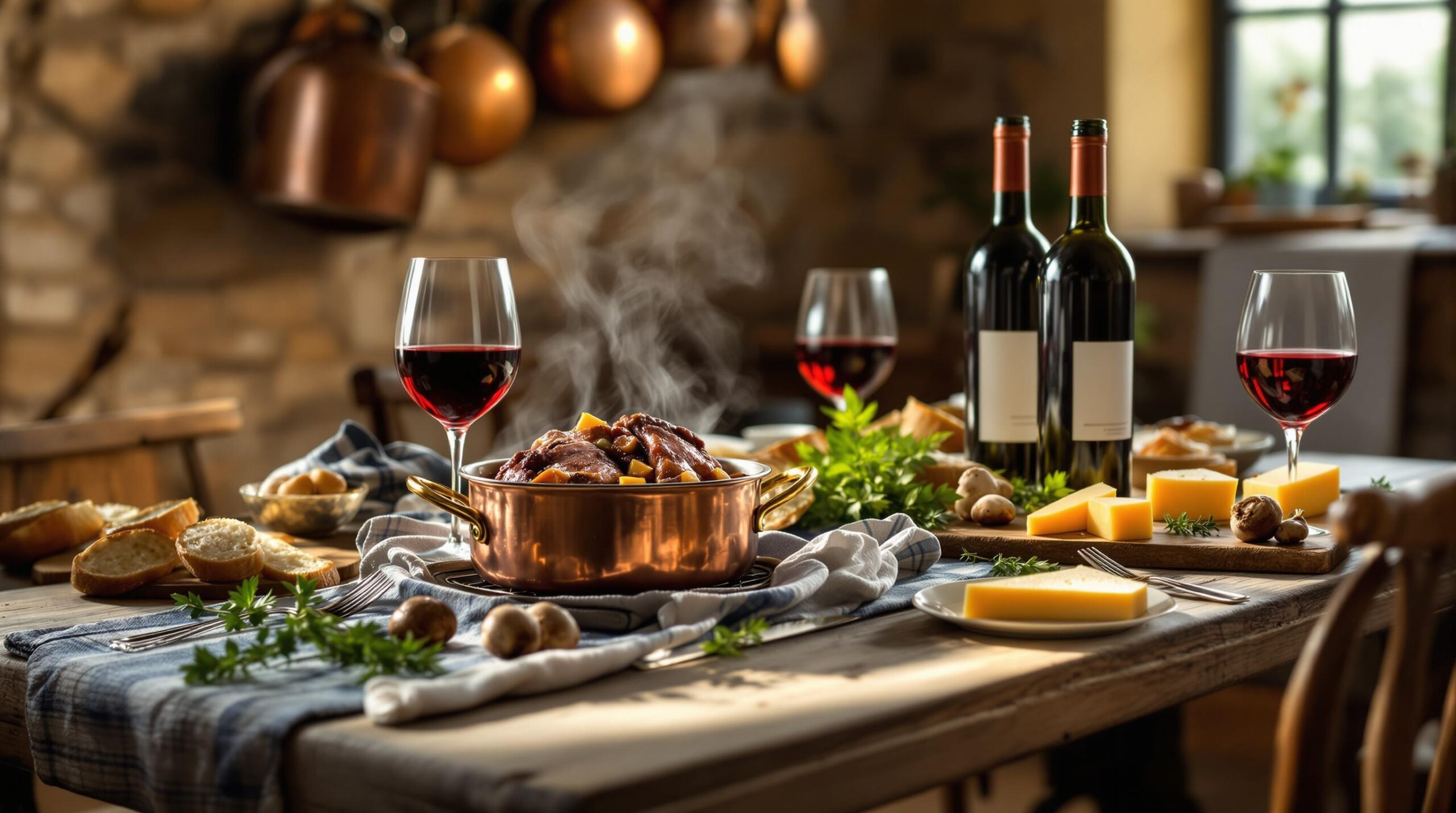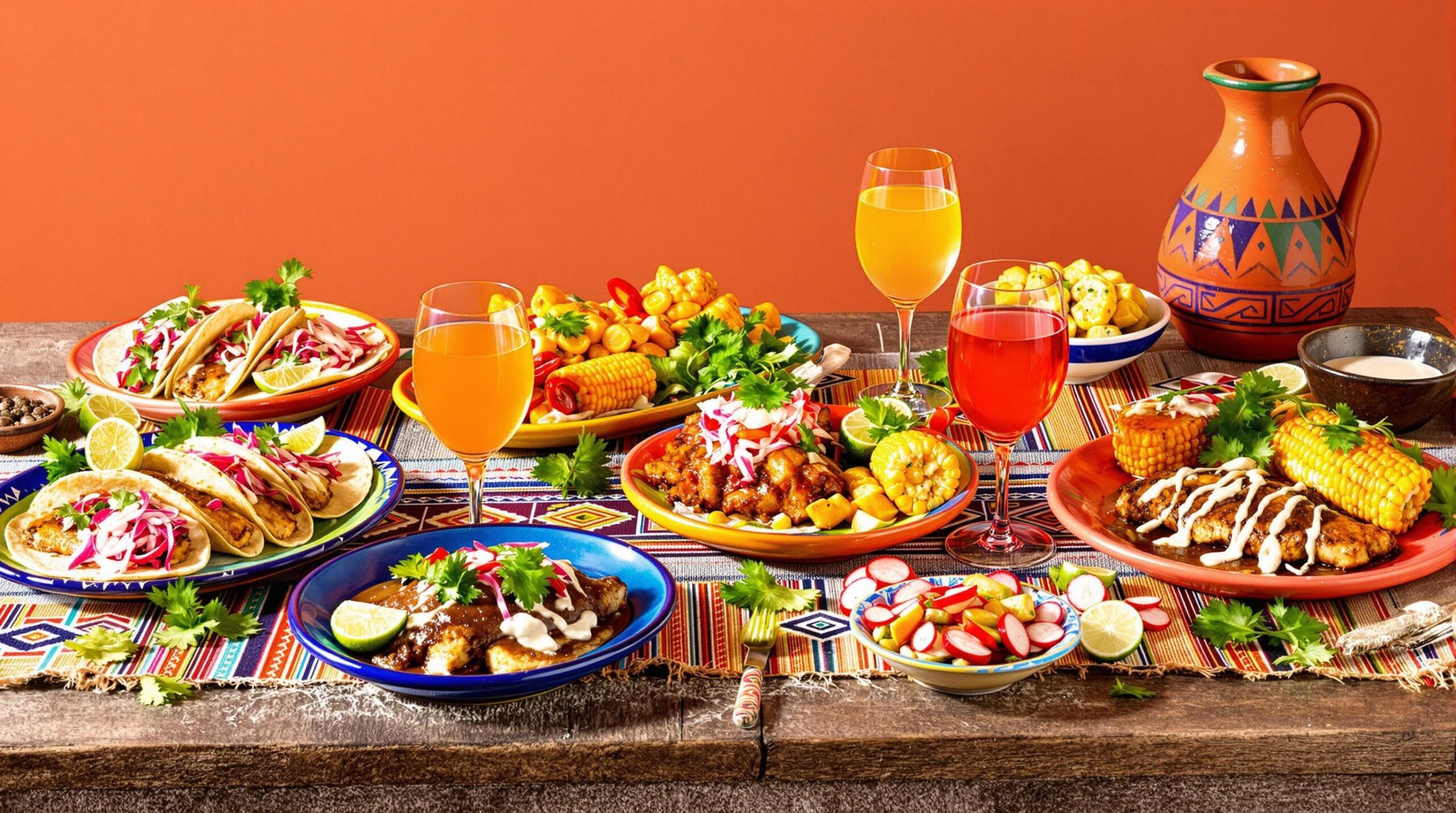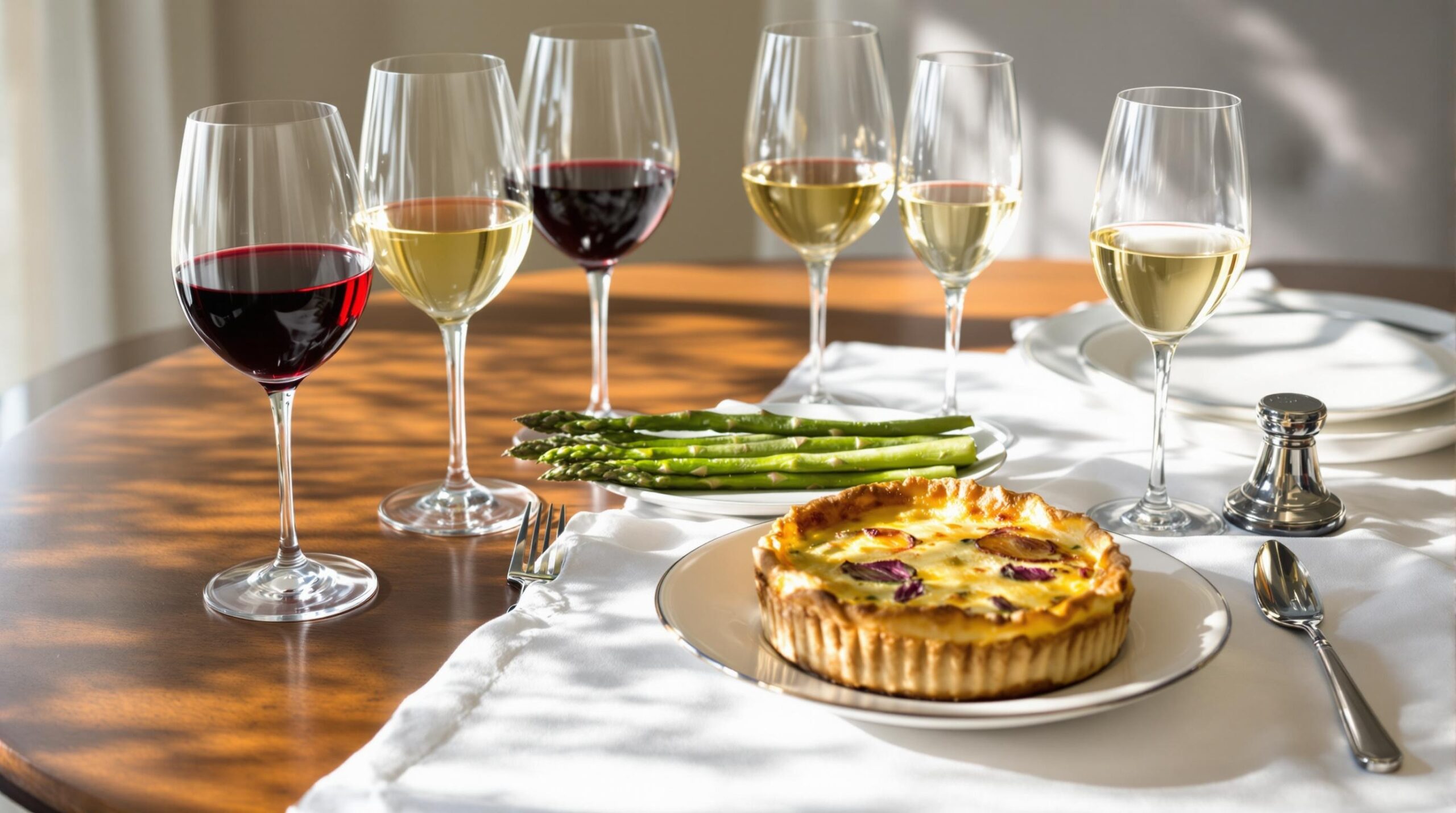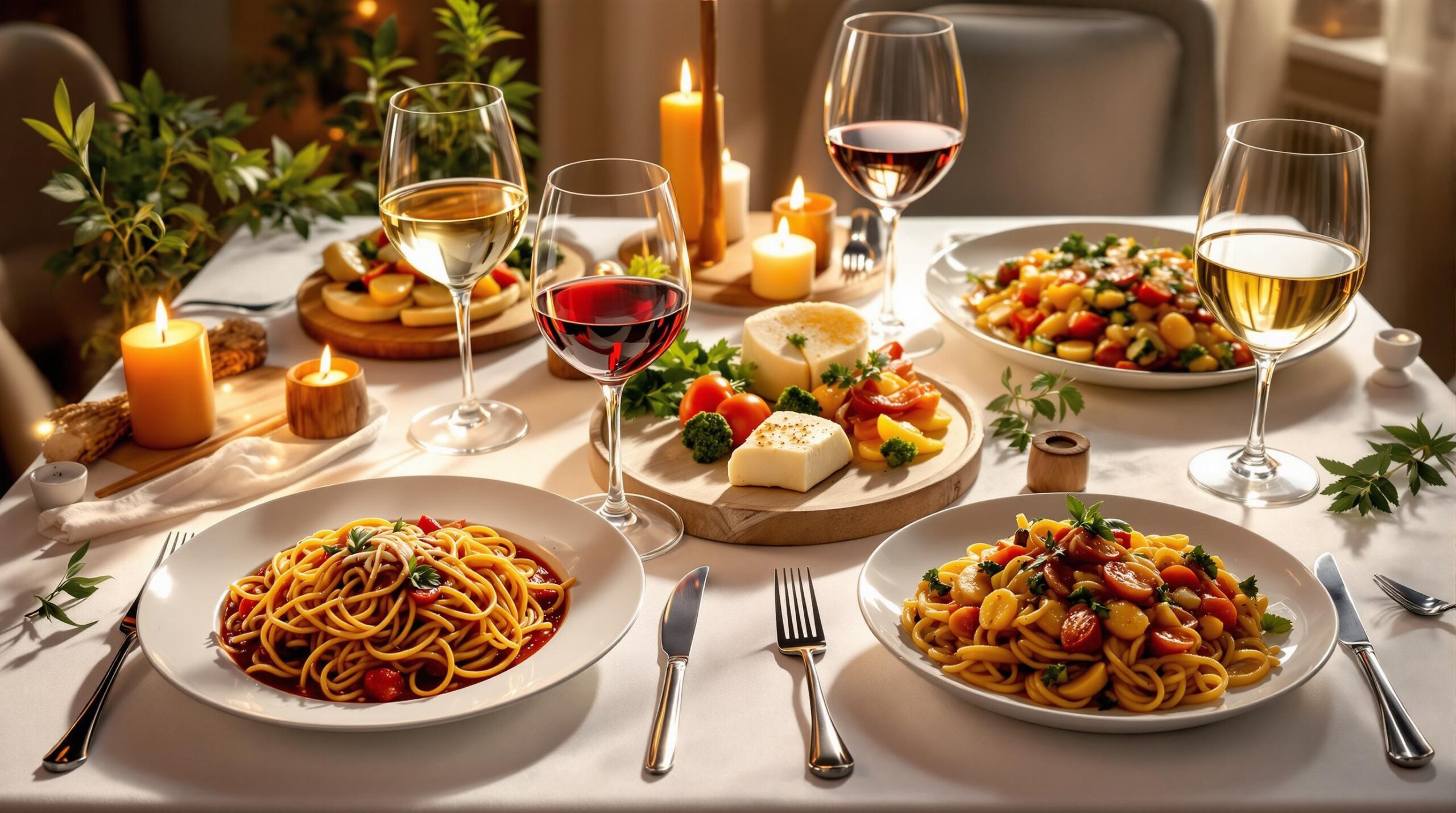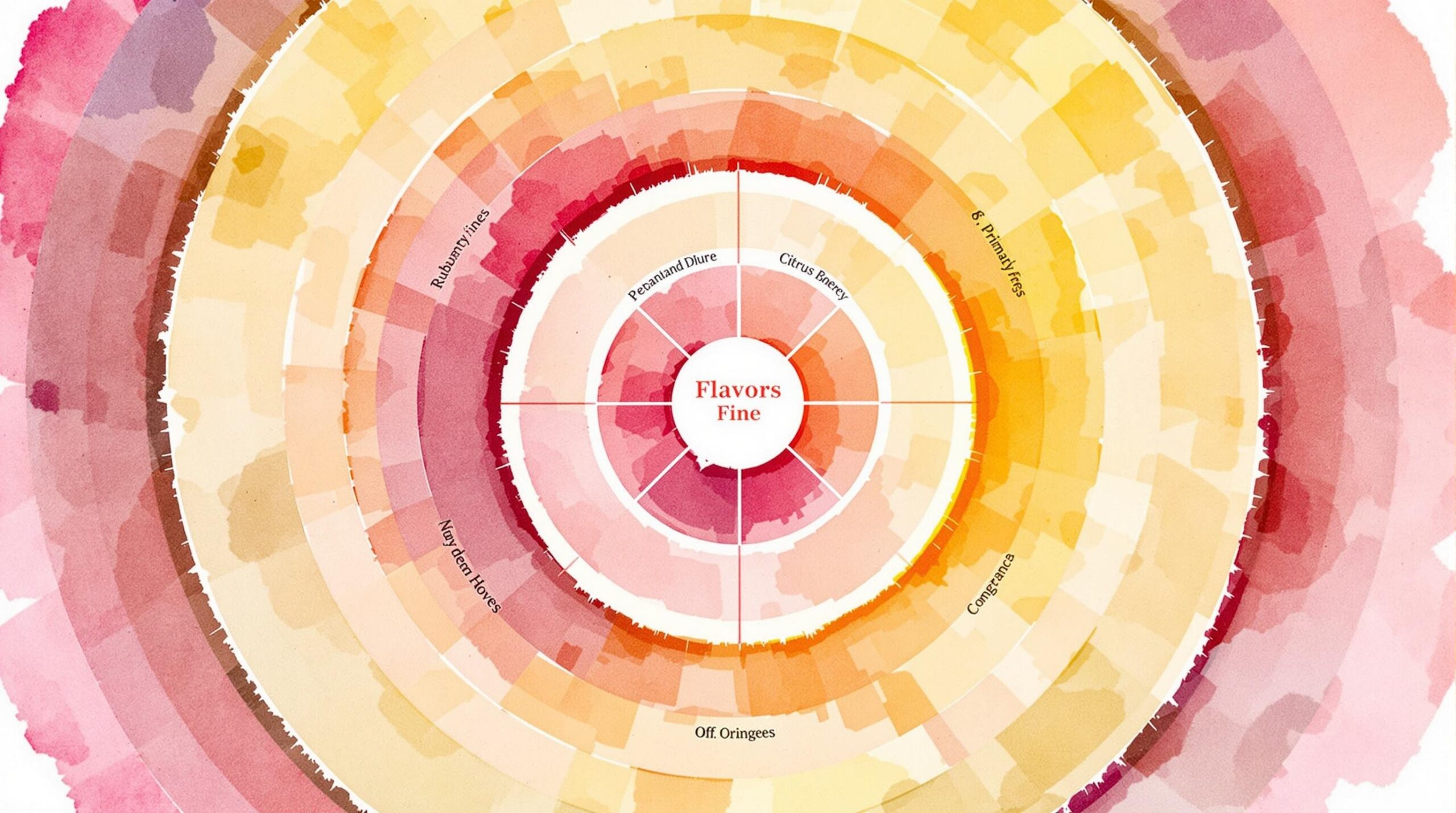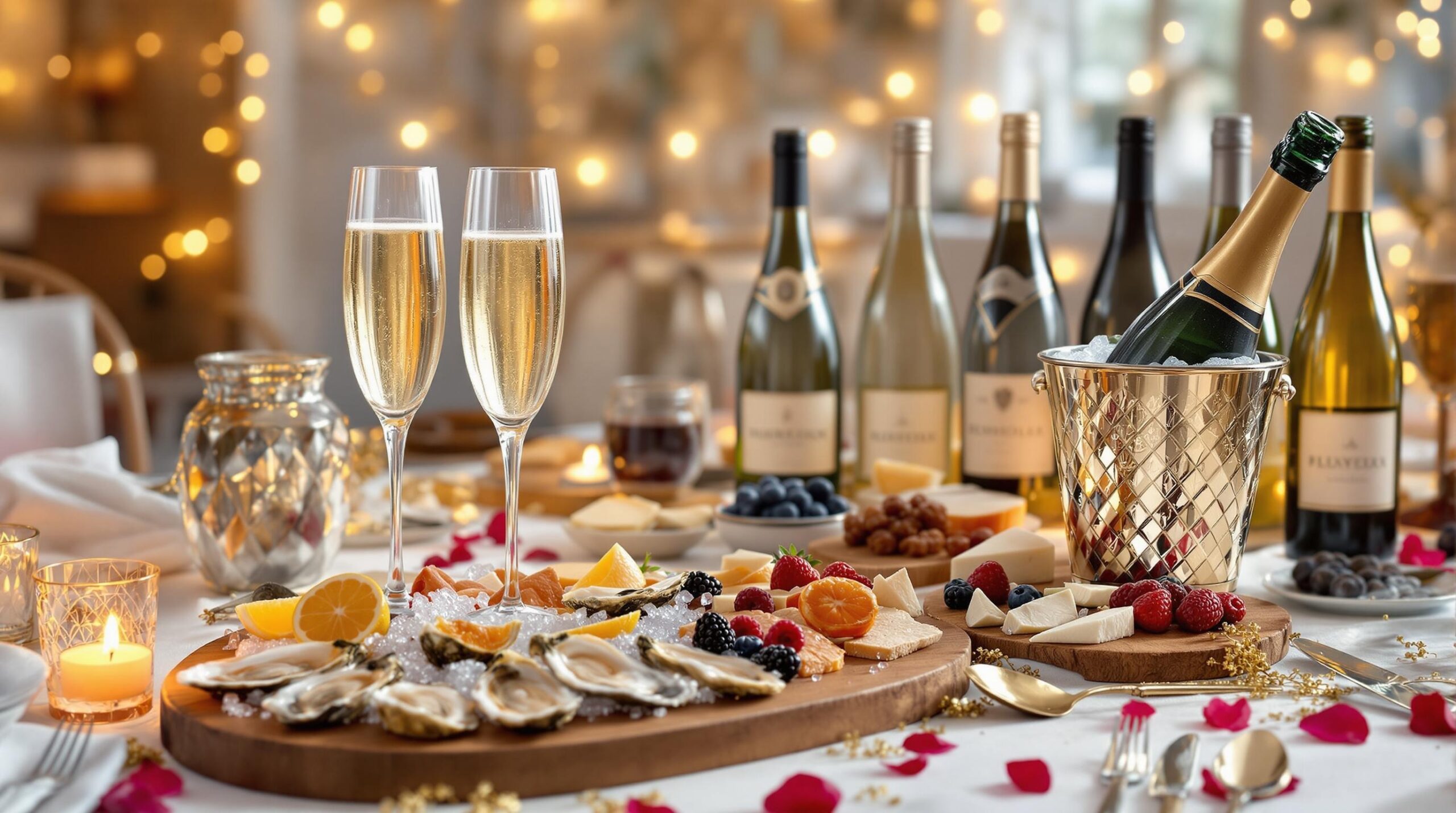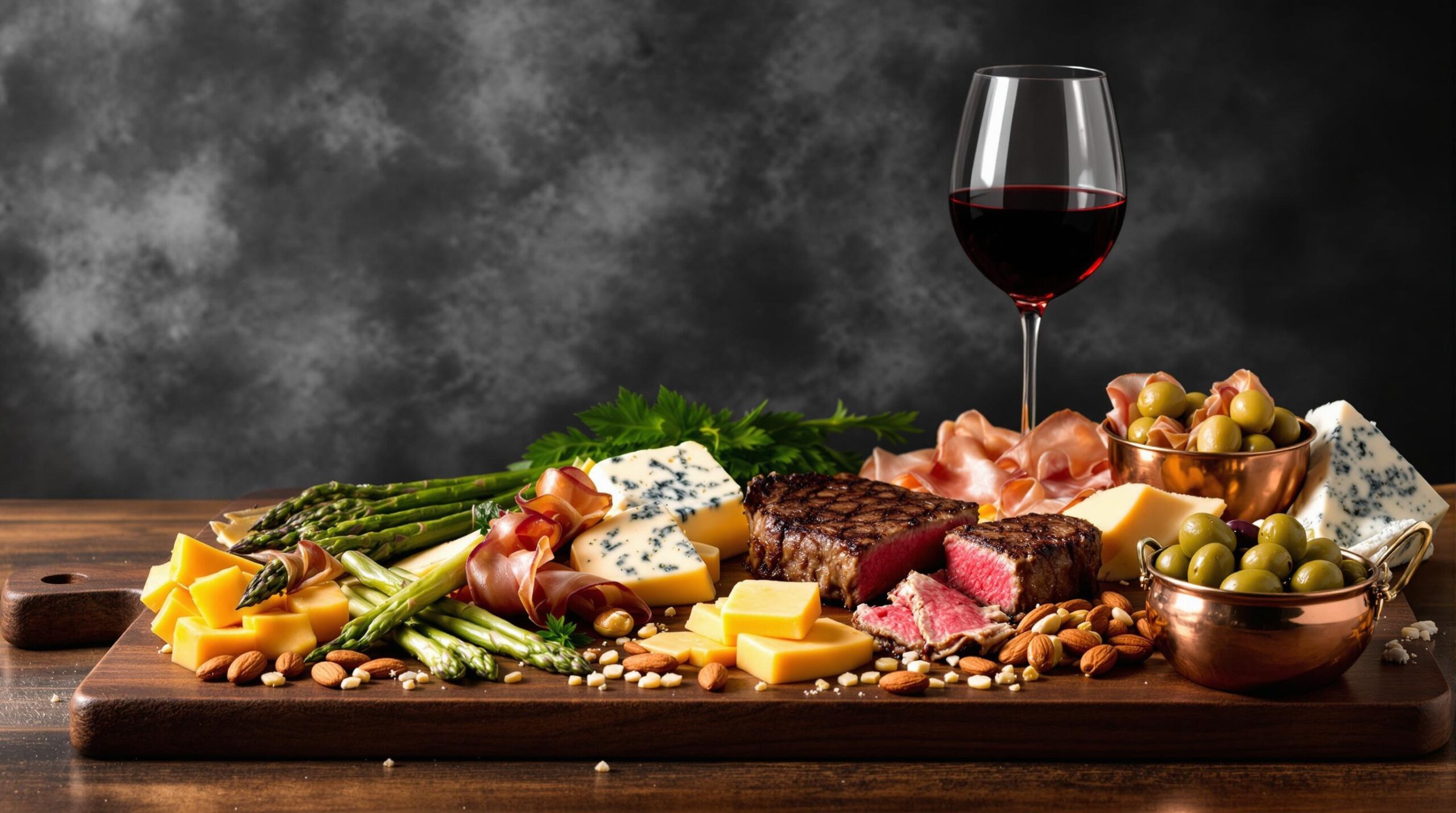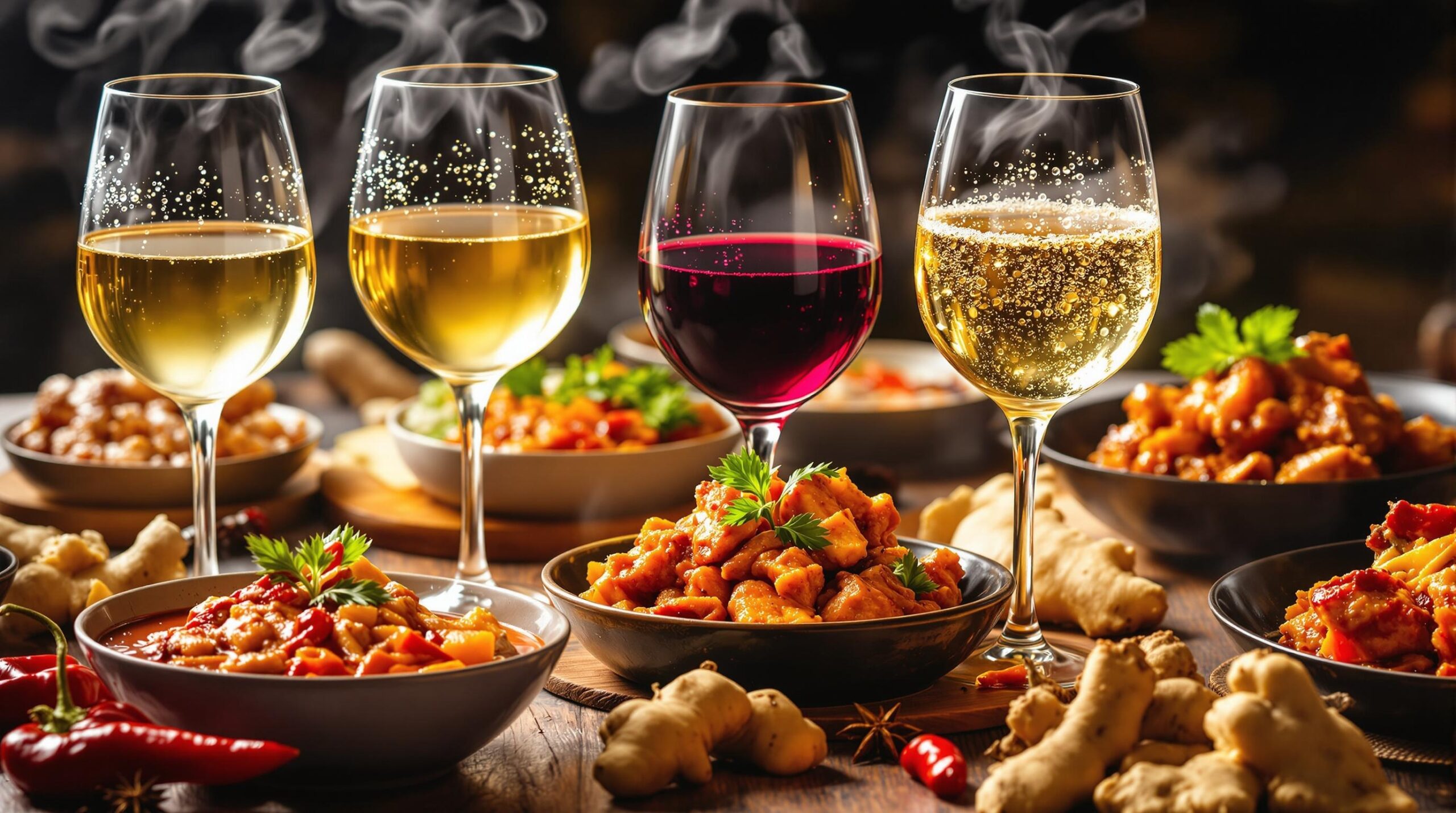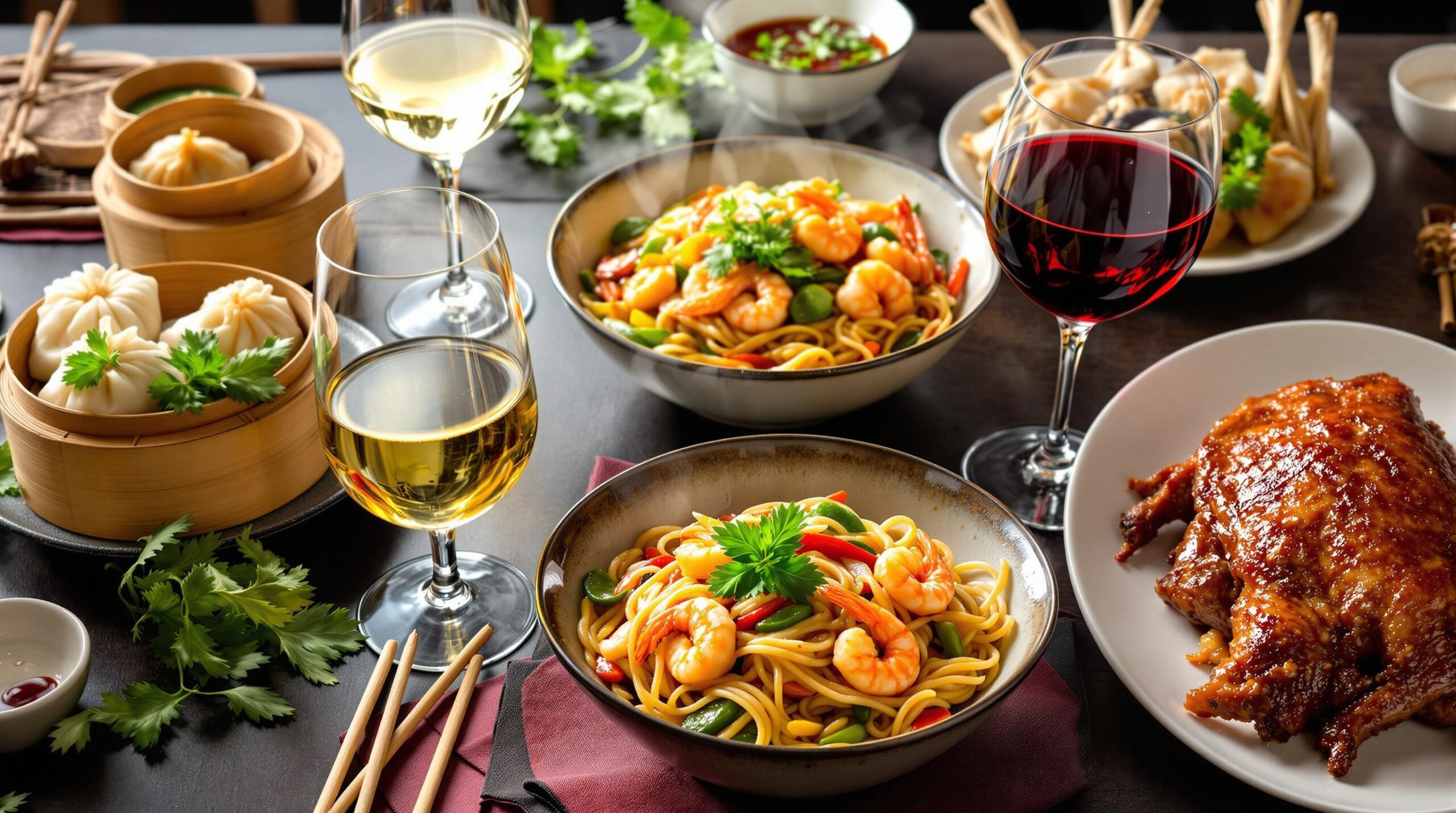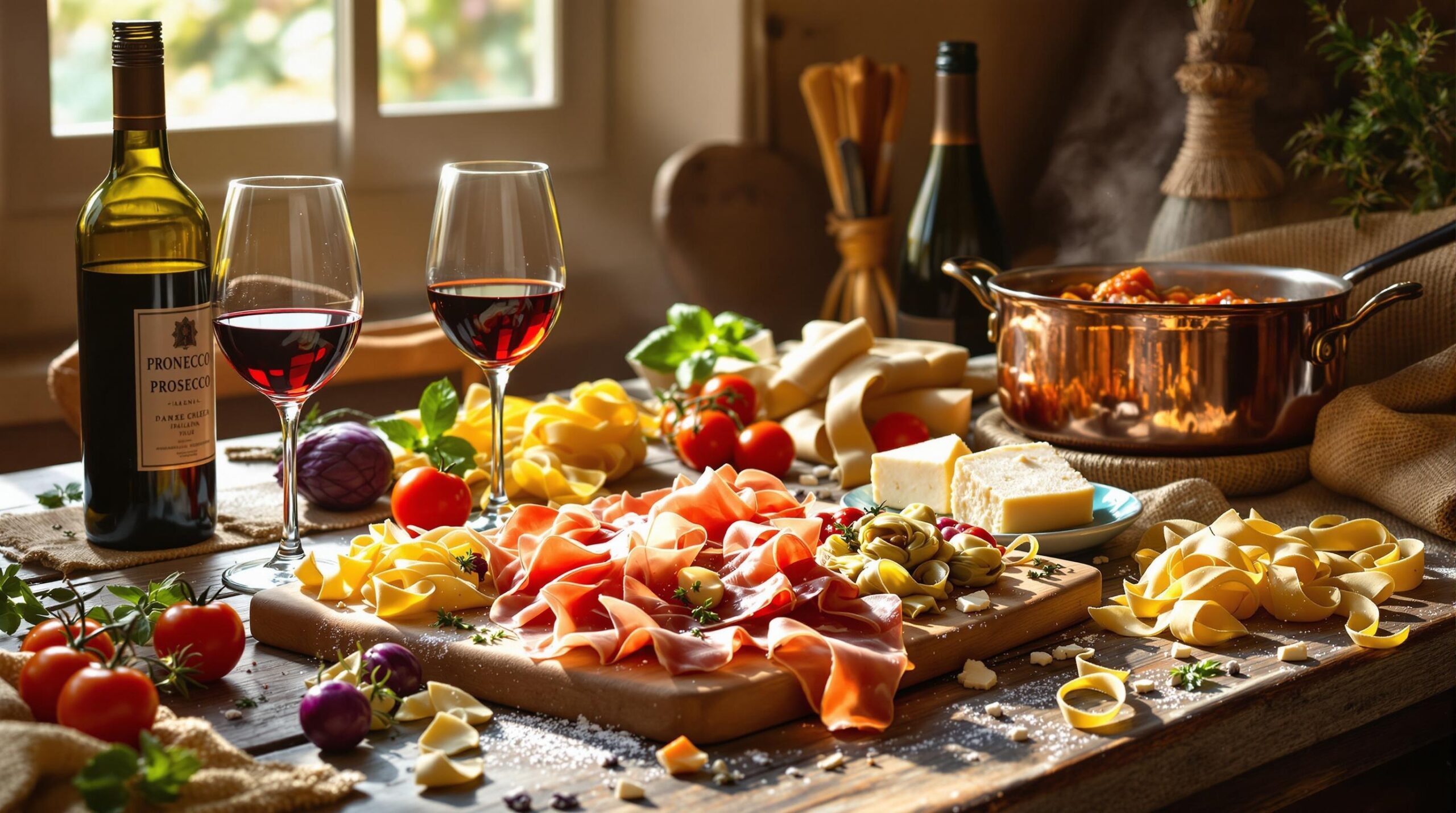A romantic dinner speaks through all five senses, transforming an ordinary meal into an unforgettable evening. Thoughtful planning and attention to detail make the difference between a regular dinner and a romantic experience.
Essential Wine and Food Pairings for Romance
Selecting the right wine enhances both the meal and the mood. Classic pairings include:
- Champagne with oysters or light appetizers
- Pinot Noir with seared salmon or mushroom risotto
- Cabernet Sauvignon with steak or rich chocolate desserts
Understanding basic wine pairing principles helps create a harmonious dining experience.
Setting Up Your Space
Transform any dining area into an intimate setting:
- Lighting: Dim lights or candles at eye level
- Music: Soft background playlist at conversation level
- Table Setting: Quality linens, matching plates, polished silverware
- Centerpiece: Low floral arrangements or unscented candles
Keep decorations simple and elegant to maintain focus on conversation and connection.
Menu Planning and Timing
Choose dishes that allow for maximum time together:
| Course Type | Preparation Tips |
|---|---|
| Appetizers | Make ahead, serve room temperature |
| Main Course | Select dishes requiring minimal last-minute attention |
| Dessert | Prepare in advance, simple to plate |
Smart preparation ensures you spend more time at the table and less time in the kitchen. Focus on dishes that can be partially prepared in advance without compromising quality.
Personal Touches That Make a Difference
Small details elevate the dining experience from special to memorable:
- Personalized Place Cards with handwritten notes
- Thoughtful Favors like chocolate-covered strawberries
- Fresh Herbs as natural aromatics
- Special Glassware reserved for romantic occasions
Consider your partner’s preferences when planning these elements.
Timing and Service Flow
Create a relaxed pace that encourages conversation:
| Course | Suggested Duration |
|---|---|
| Appetizers & Wine | 20-30 minutes |
| Main Course | 45-60 minutes |
| Dessert & Coffee | 30 minutes |
Allow natural breaks between courses for conversation and connection.
Common Pitfalls to Avoid
Maintain the romantic atmosphere by avoiding these mistakes:
- Overcrowded Tables: Keep decorations minimal
- Strong Food Aromas: Choose lighter cooking methods
- Complicated Dishes: Select manageable portions and foods
- Technology Distractions: Keep phones away from the table
Focus on creating an environment that encourages genuine connection.
Making Memories Last
End the evening with thoughtful touches that create lasting impressions:
- Signature Cocktail or special after-dinner drink
- Handwritten Menu as a keepsake
- Photos of the table setting before dining
- Recipe Cards of favorite dishes served
These mementos transform a single evening into cherished memories that can be recreated for future special occasions.
10 Common Questions About Creating Romantic Dinners at Home
What’s the ideal lighting for a romantic dinner?
Use dimmable lights or candles to create soft, warm lighting. Place 2-3 unscented candles on the table, keeping them low enough for eye contact across the table.
How should I set up the table?
Choose a tablecloth or placemats in solid, neutral colors. Keep decorations minimal – one small floral arrangement or candle centerpiece works best. Set the table properly with matching dinnerware and clean glasses.
What music works best for romantic dinners?
Select soft background music at a low volume that allows conversation. Classical, light jazz, or acoustic covers work well. Create a 2-hour playlist in advance to avoid interruptions.
Which wines pair well with romantic dinners?
Light to medium-bodied wines like Pinot Noir or Champagne complement most meals without overwhelming the palate. Serve wine at proper temperature: reds at 60-65°F, whites at 45-50°F.
What are some easy but impressive main courses?
– Pan-seared scallops with lemon butter
– Beef tenderloin for two
– Homemade pasta with truffle oil
– Roasted salmon with herbs
How far in advance should I prepare?
Complete prep work 2-3 hours before dinner. Choose dishes that need minimal last-minute attention. Set the table early and chill wines in advance.
What should I avoid serving?
Skip messy foods like whole lobsters or heavily sauced dishes. Avoid strong-smelling ingredients like garlic or blue cheese. Pass on heavy meals that might make you sleepy.
How can I make dessert special?
Prepare individual portions of classic desserts:
– Chocolate-covered strawberries
– Small soufflés
– Crème brûlée
– Molten chocolate cakes
What’s the ideal timing for courses?
Plan for a 2-hour dining experience:
– Appetizer: 15-20 minutes
– Main course: 30-40 minutes
– Dessert: 20-25 minutes
Allow natural breaks between courses for conversation.
How can I handle cooking and serving smoothly?
Choose a menu that allows advance preparation. Set up a service station nearby with everything needed. Use warming plates for hot dishes and chill dessert plates if serving cold items.
Quick Tips for Success
– Temperature: Keep the room slightly cool (68-70°F) for comfort
– Timing: Start dinner between 7-8 PM for a relaxed pace
– Seating: Arrange chairs at a 90-degree angle for easy conversation
– Phone etiquette: Keep phones on silent and out of sight
– Backup plan: Have a simple alternative ready in case something goes wrong
Common Mistakes to Avoid
– Overcrowding the table with decorations
– Playing music too loud
– Attempting overly complex recipes
– Serving portions that are too large
– Forgetting to check dietary restrictions

